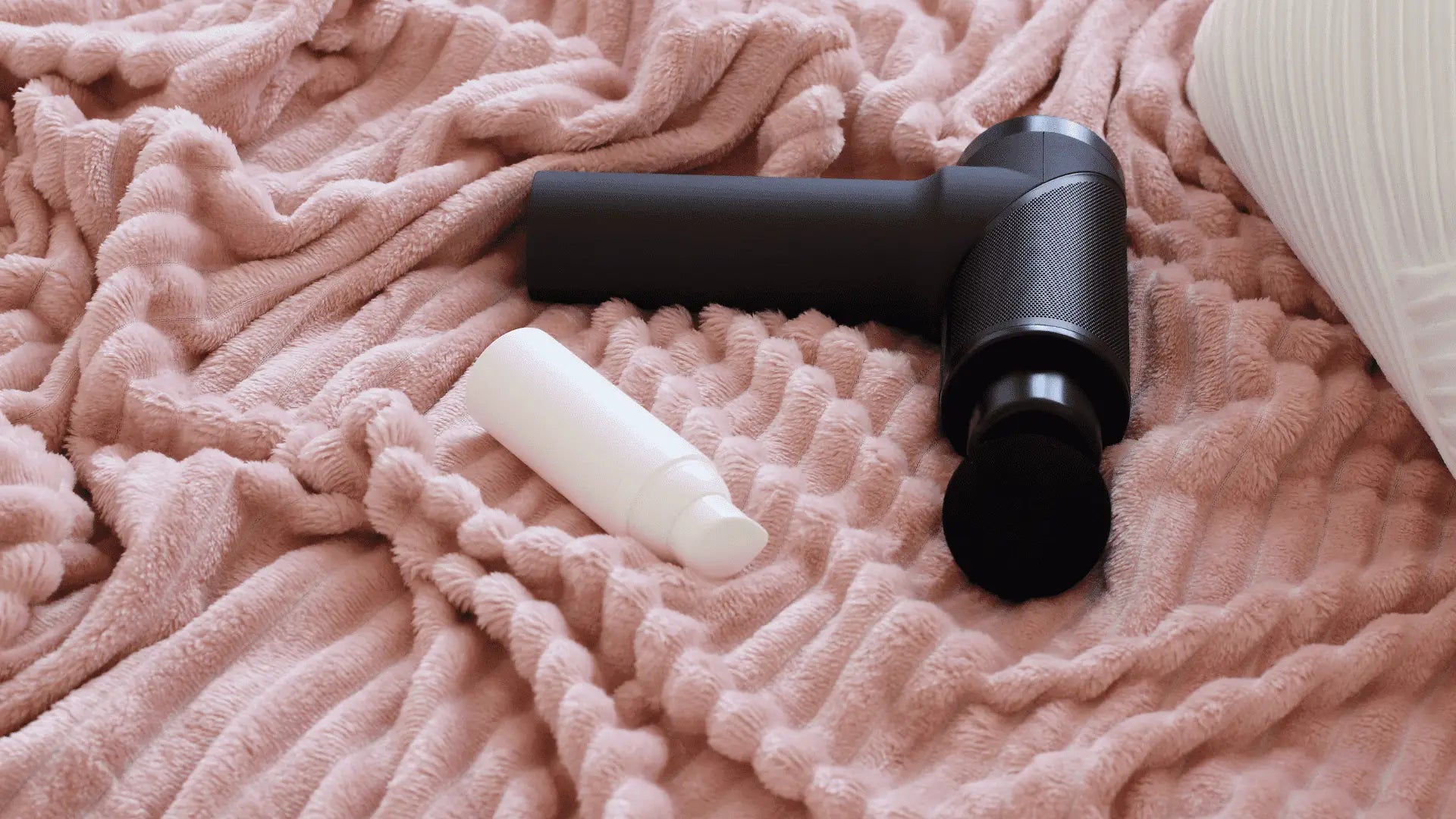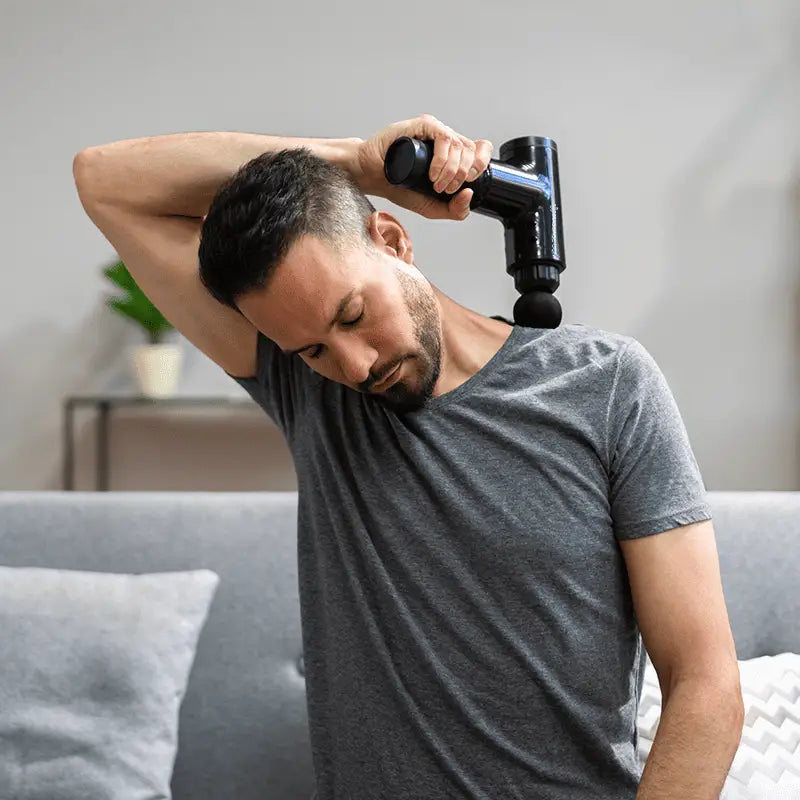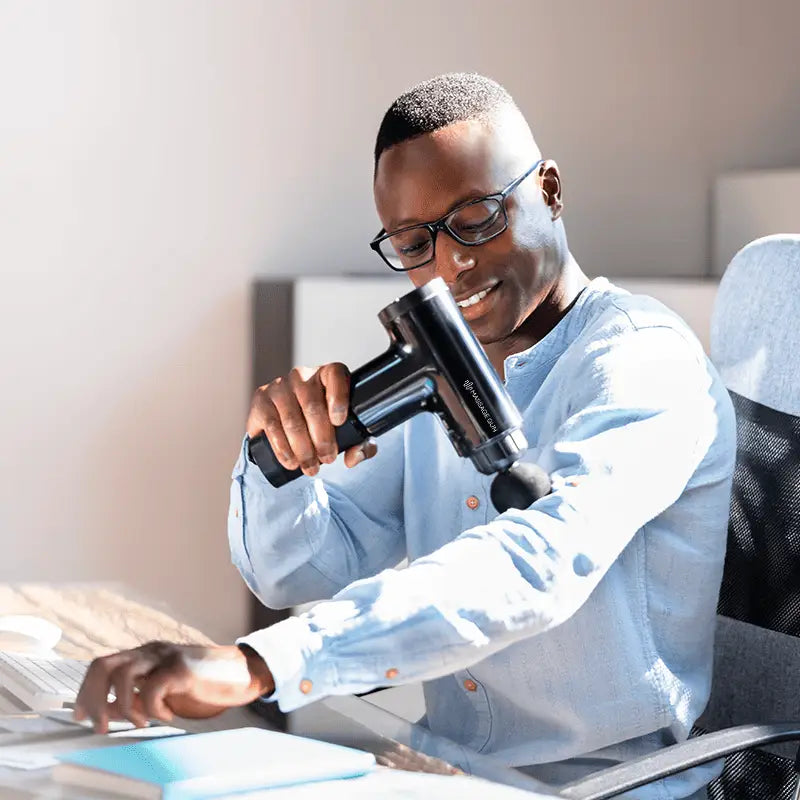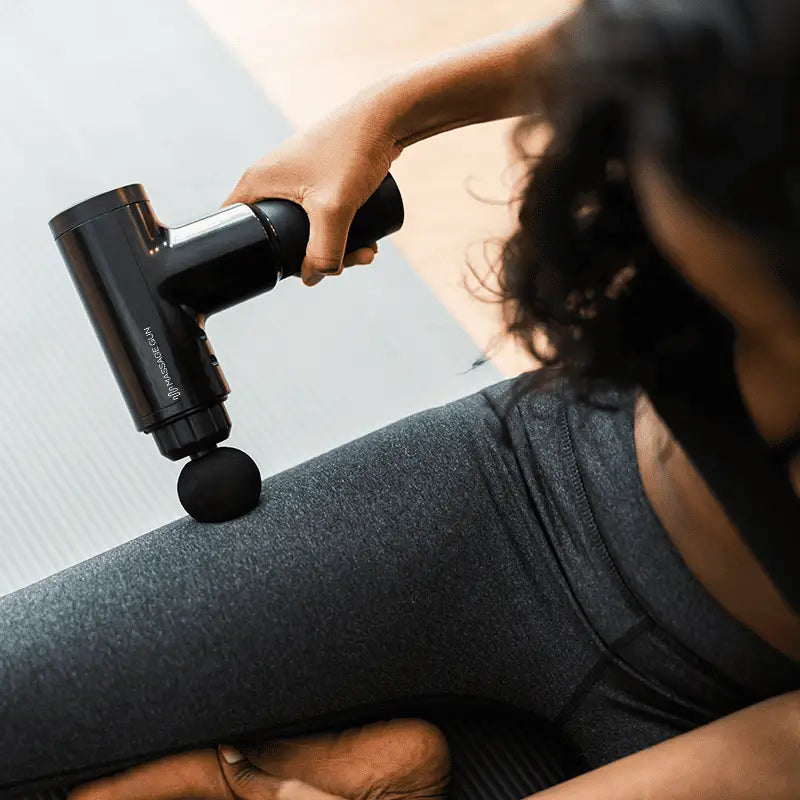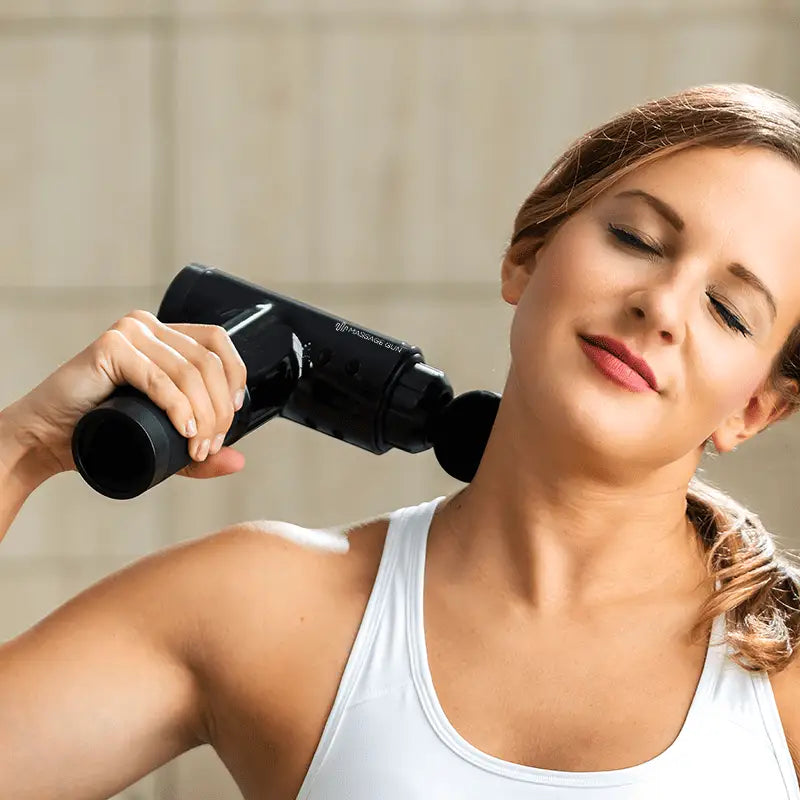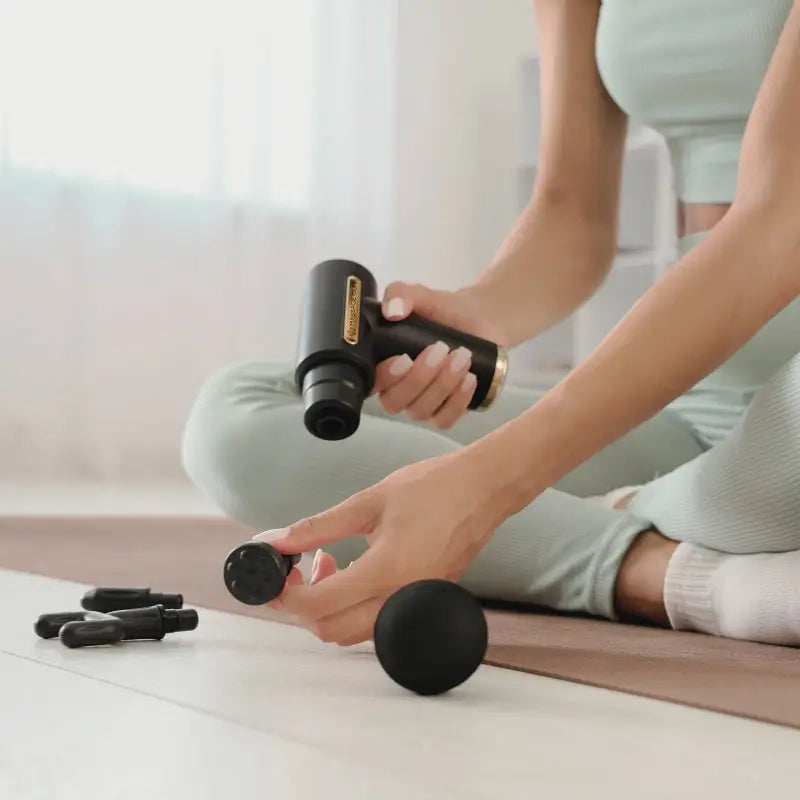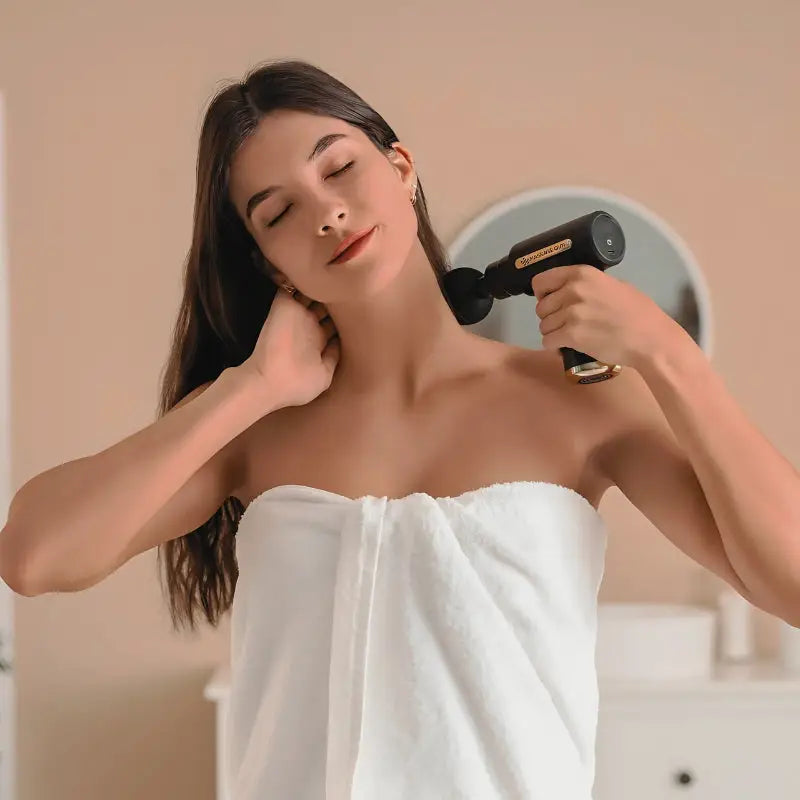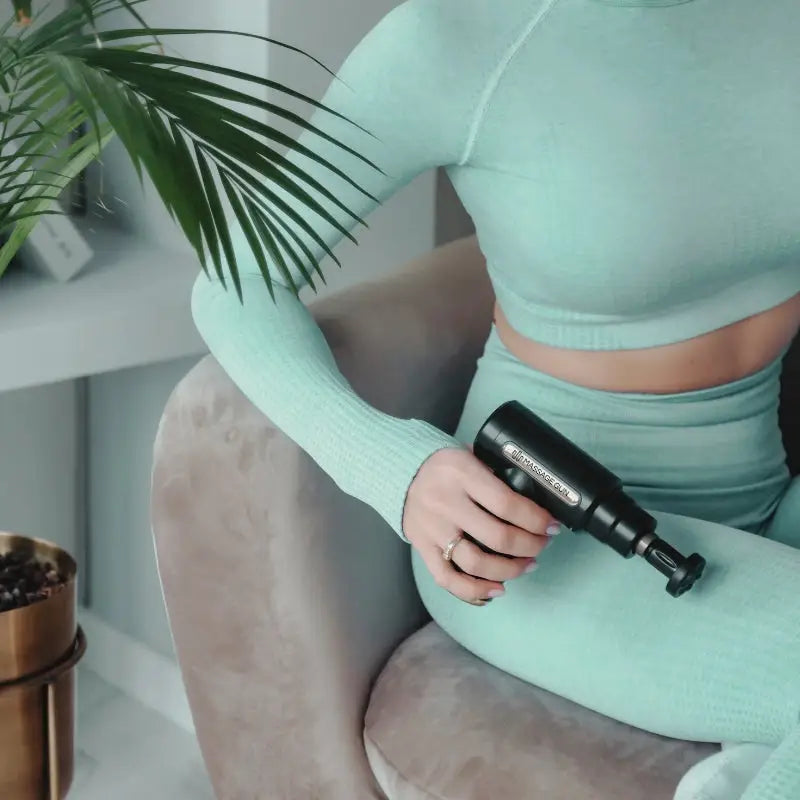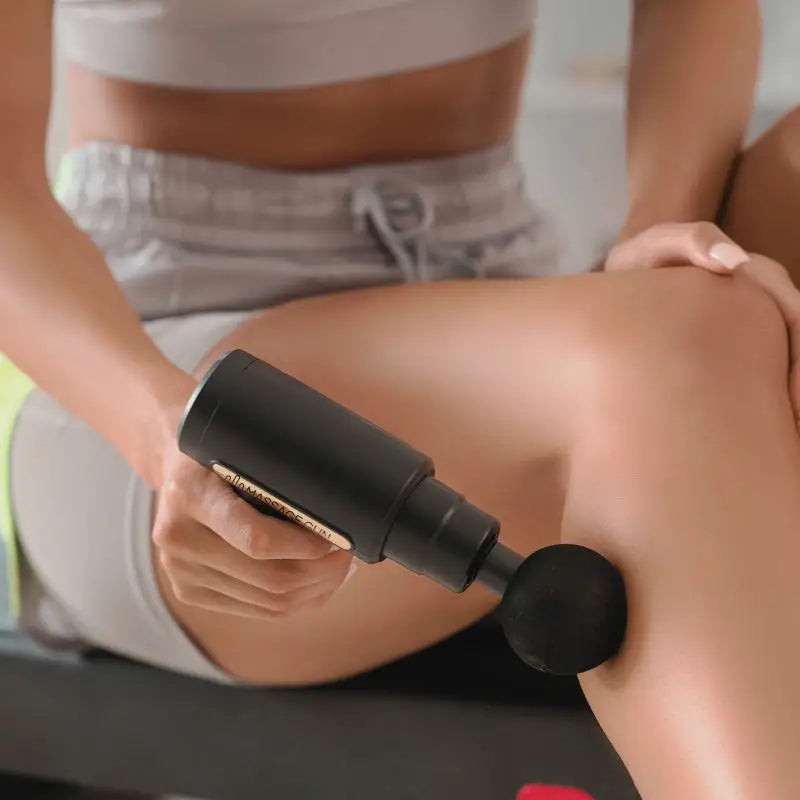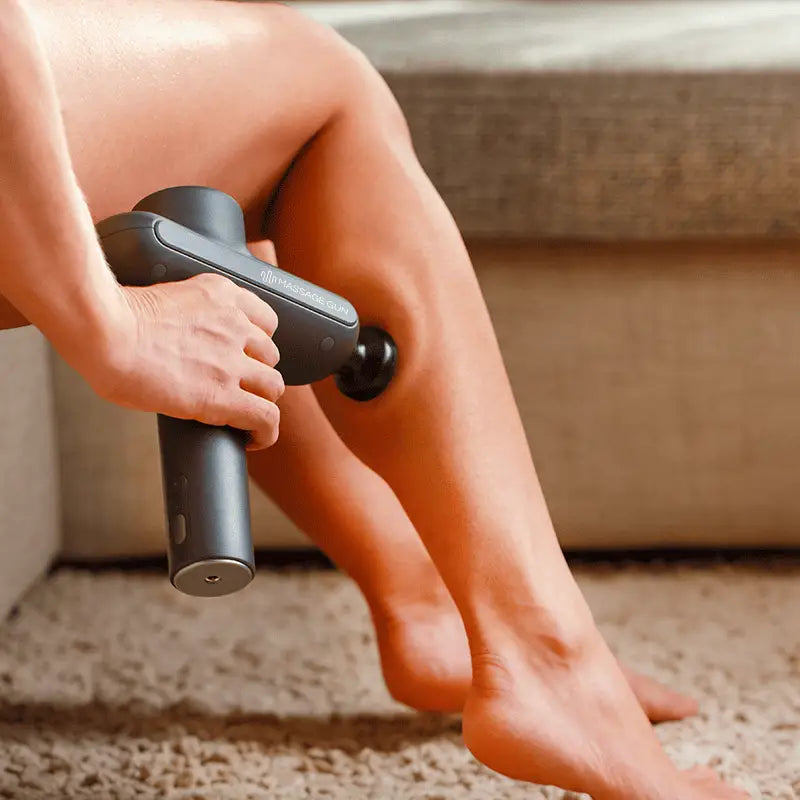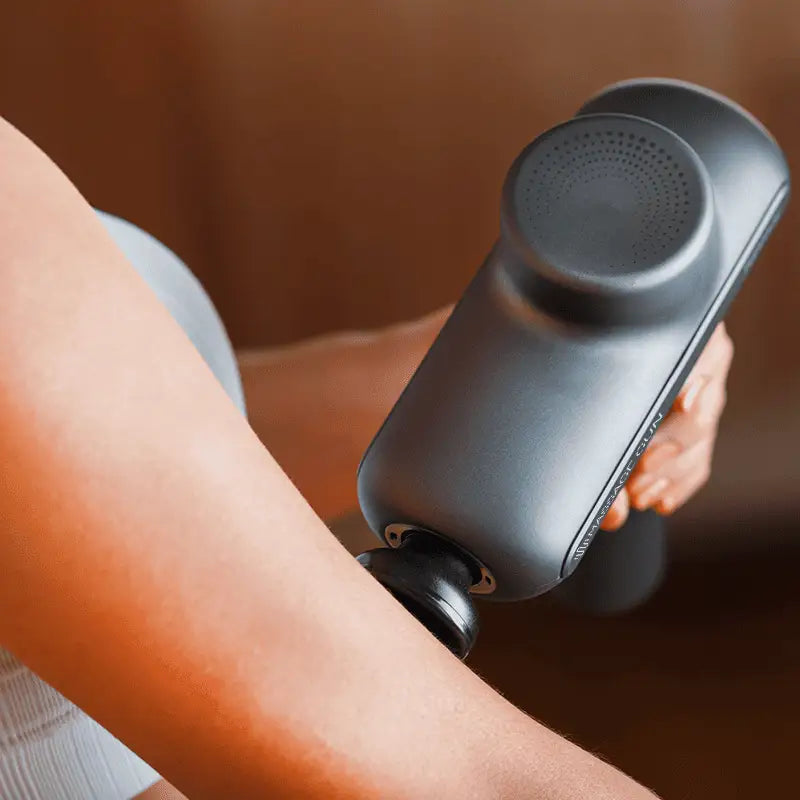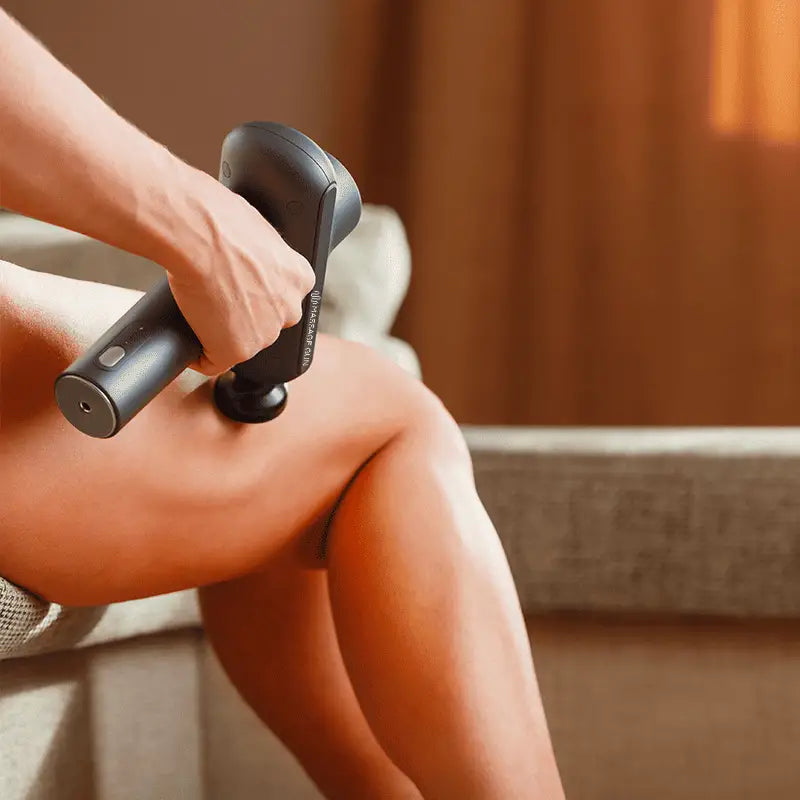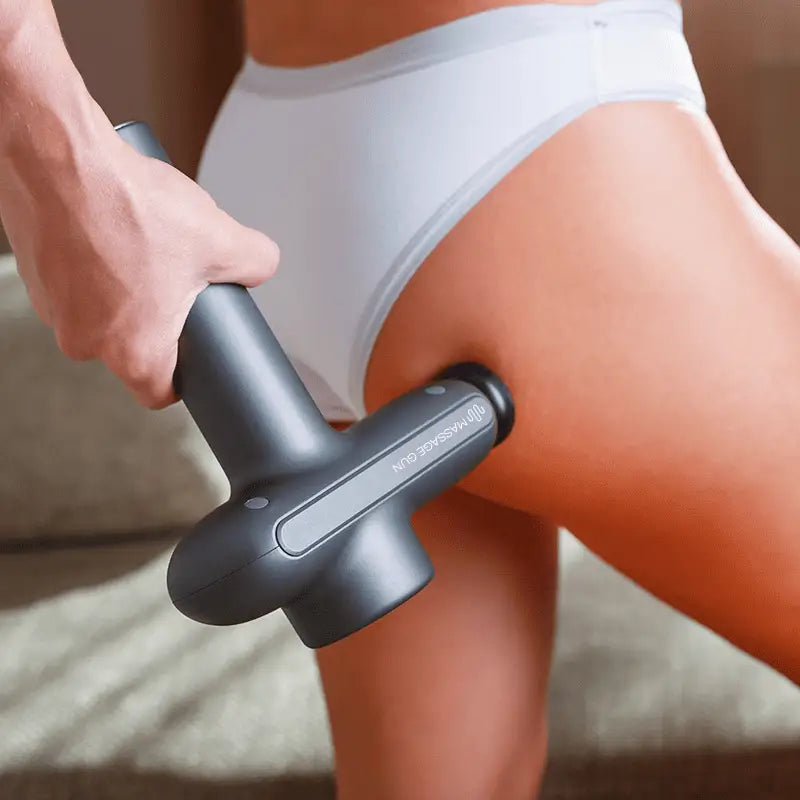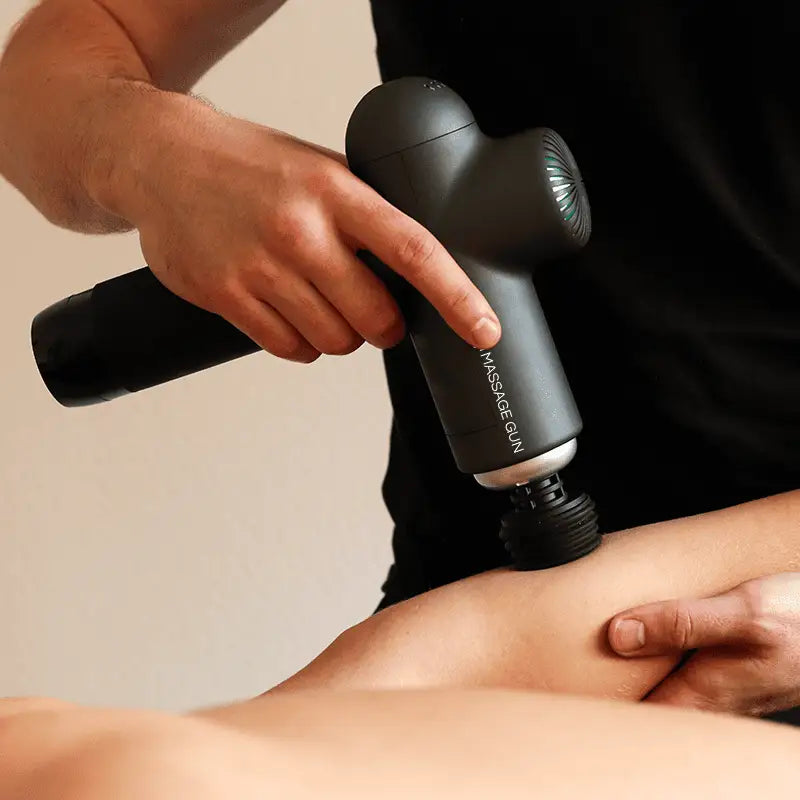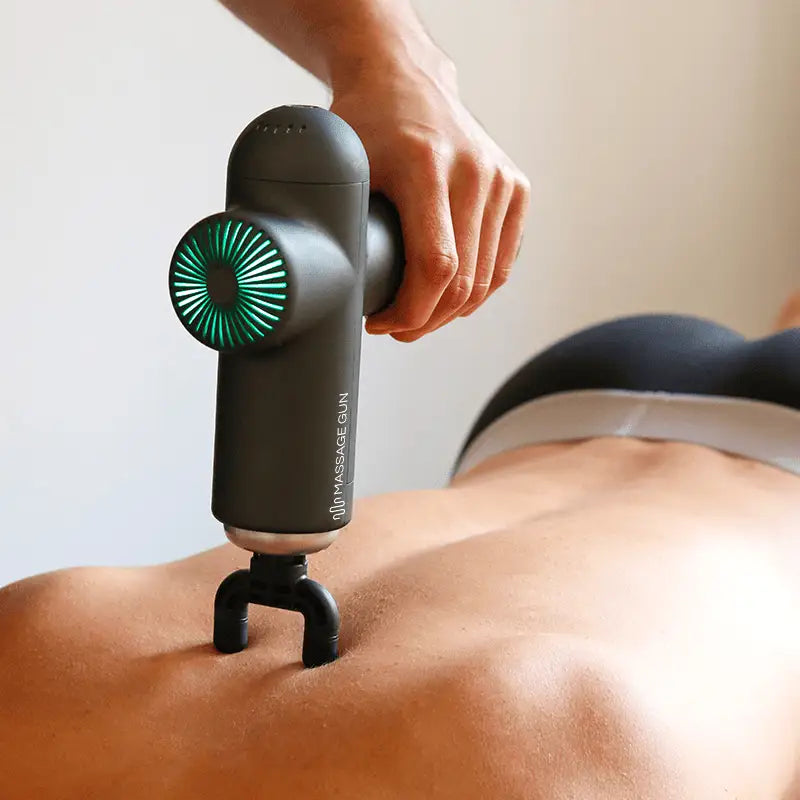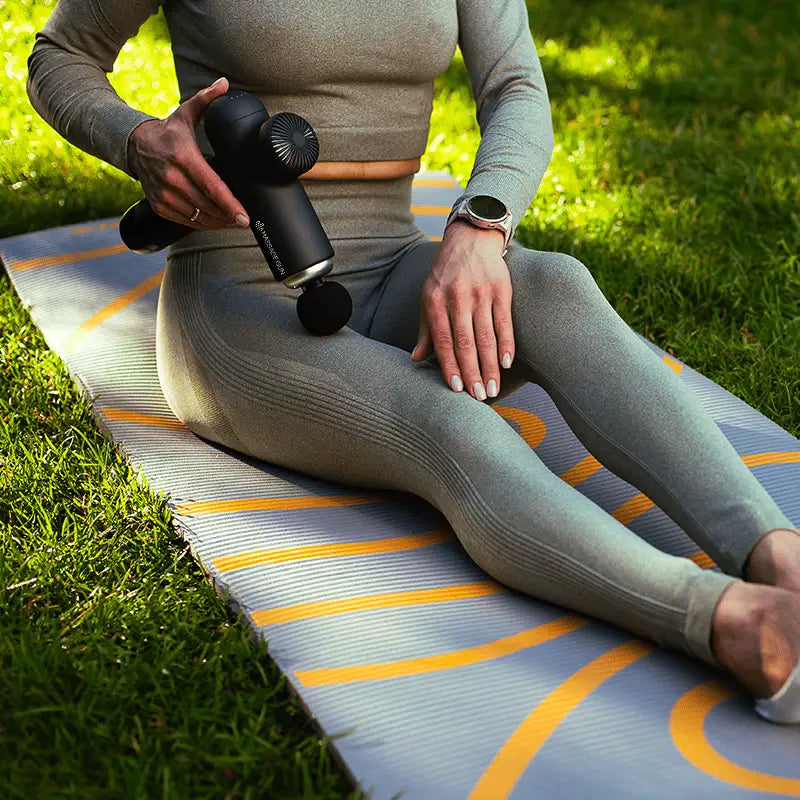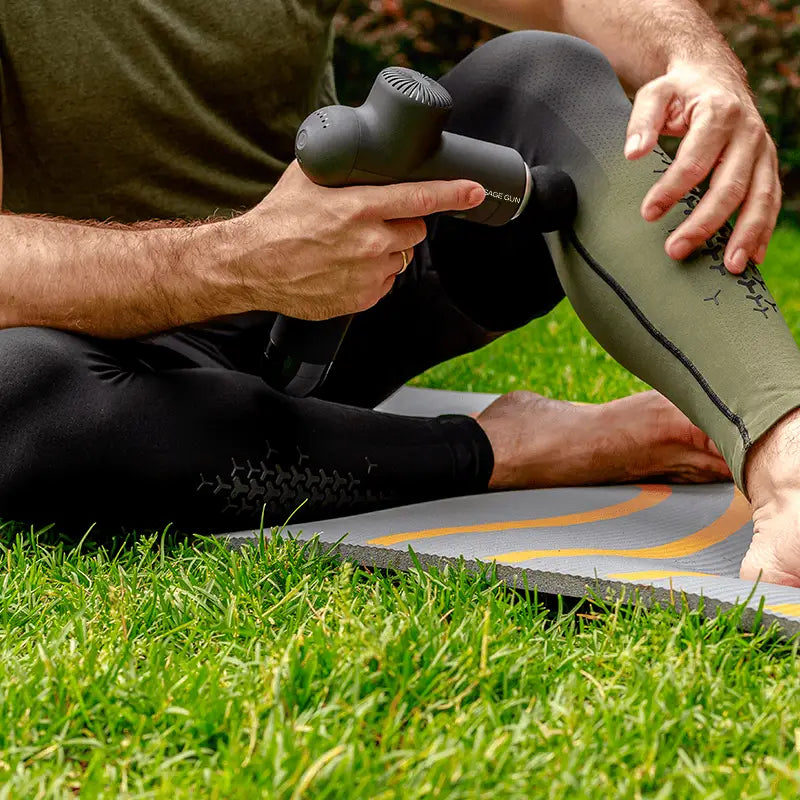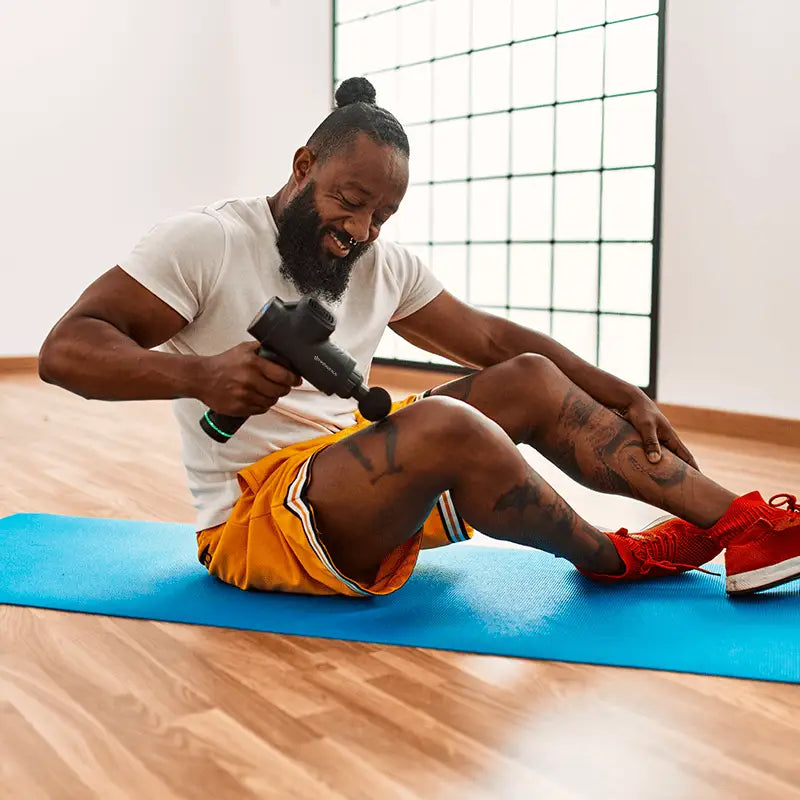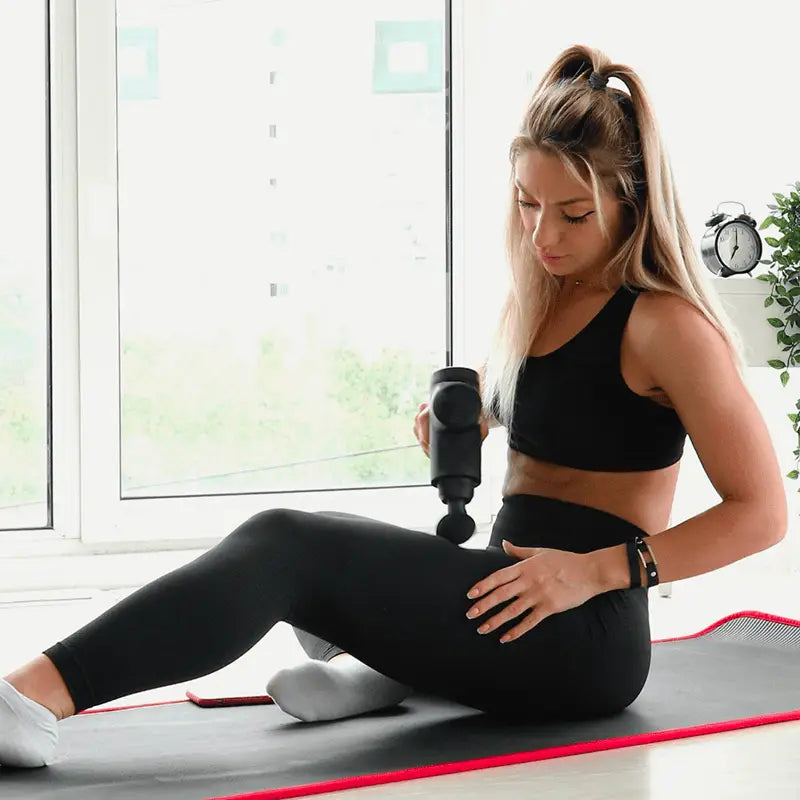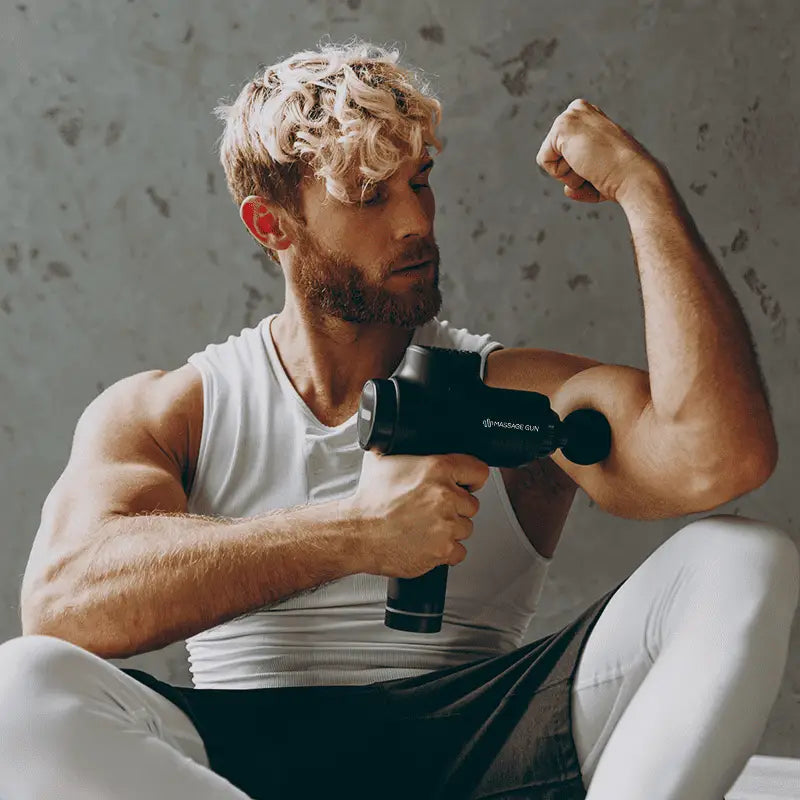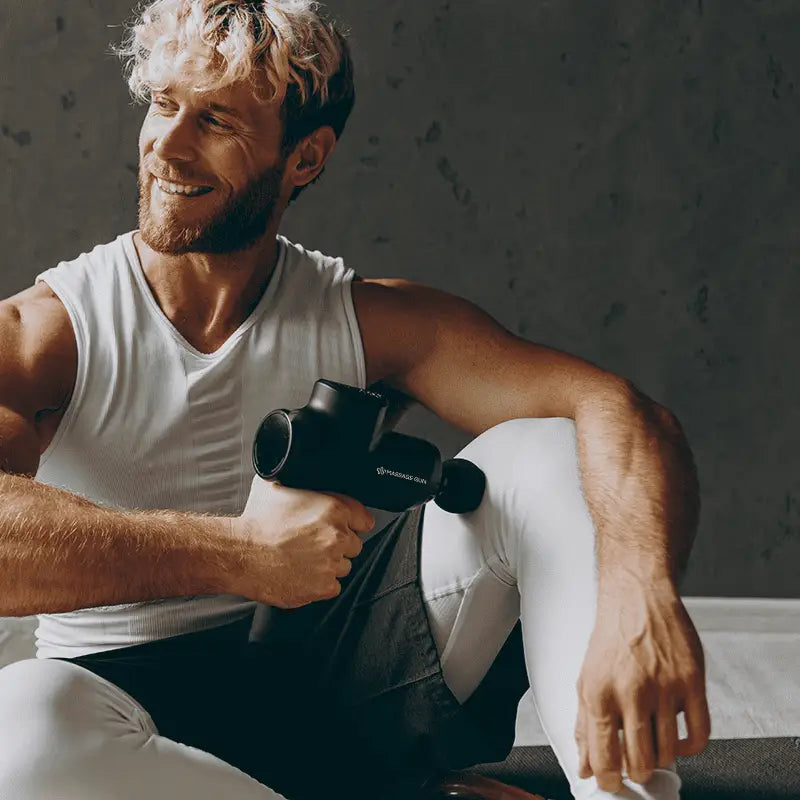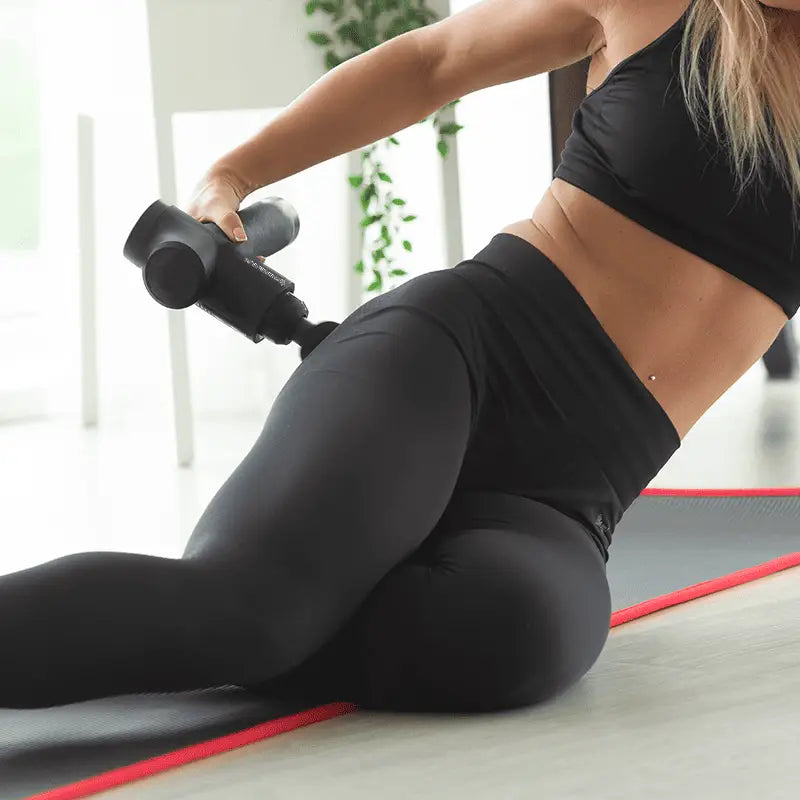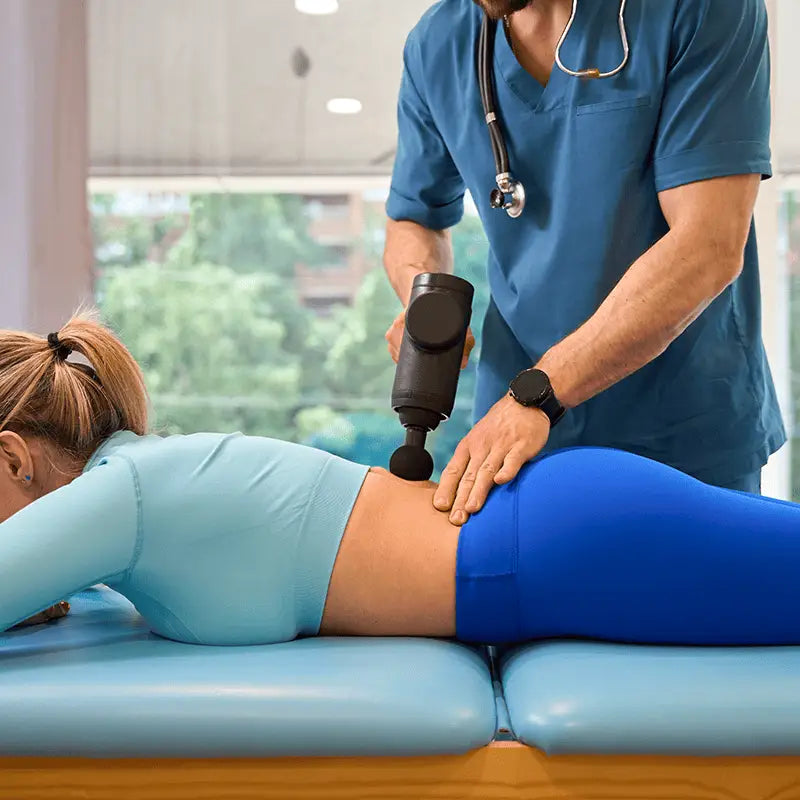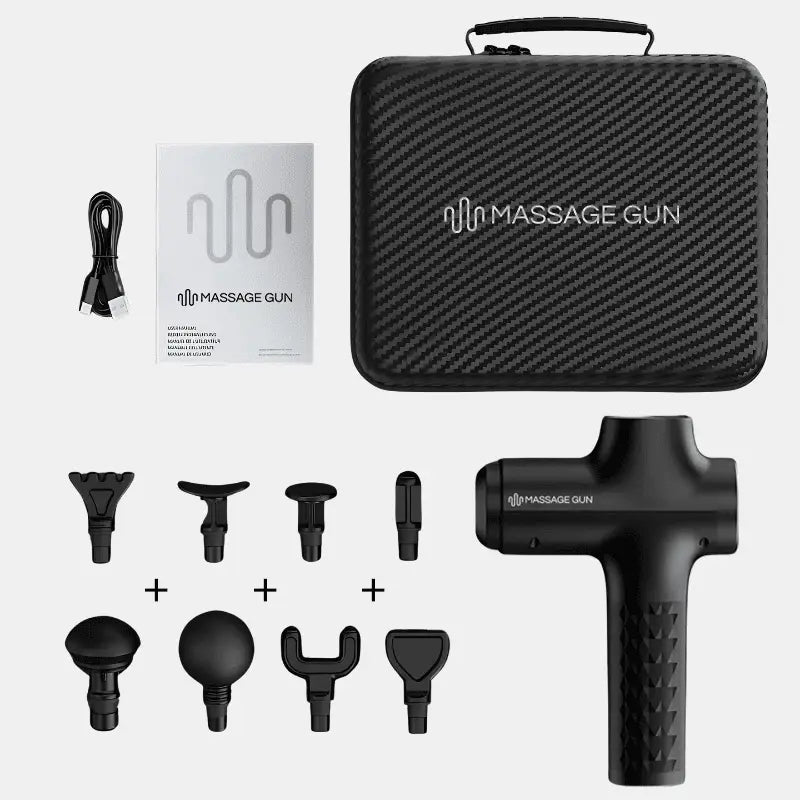Massage guns have become an essential tool for muscle recovery, pain relief, and improving performance among athletes and everyday users. These devices use percussive therapy to target muscle tissue and reduce muscle tension. By improving blood circulation and promoting faster recovery after physical activity, they help alleviate soreness and reduce stiffness.
But how exactly do massage guns work, and what are their specific benefits? In this article, we’ll explore the science behind massage gun therapy, discuss how it can enhance physical rehabilitation, and offer guidance on how to use it safely and effectively.
Understanding how massage guns work
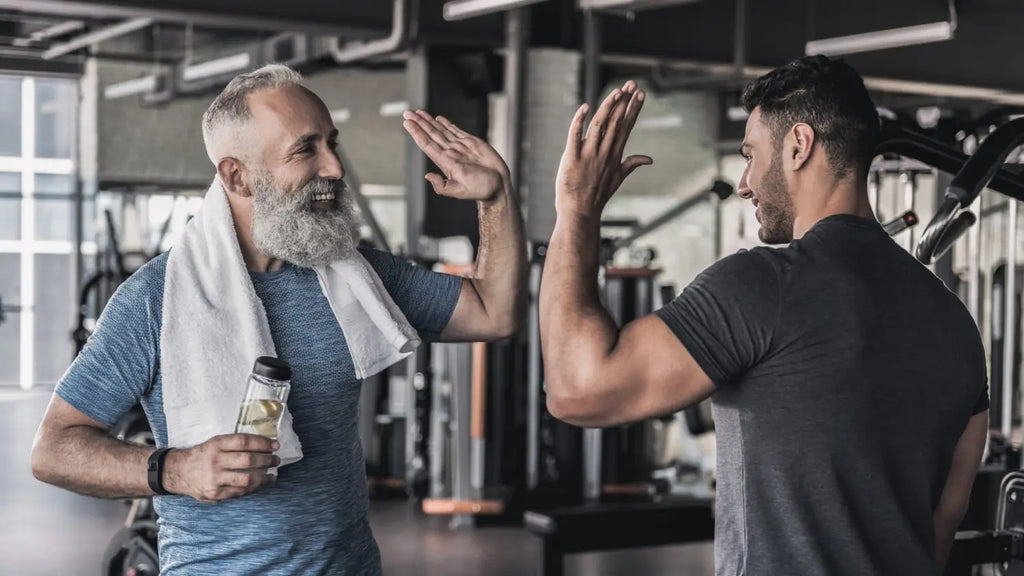
A massage gun delivers percussive therapy by applying rapid vibrations to the muscles, penetrating deep into soft tissue. These percussion massagers increase blood flow, promote the release of lactic acid, and help relax tight muscles. This action aids in relieving pain, reducing muscle stiffness, and improving range of motion.
By simulating a deep tissue massage, massage guns are highly effective in treating delayed onset muscle soreness (DOMS) that commonly occurs after intense workouts. They accelerate the recovery process by improving blood circulation, which delivers more oxygen and nutrients to the muscles. This makes them a valuable tool for individuals who experience muscle pain or discomfort after physical activity.
The benefits of using a massage gun

Using a massage gun provides numerous benefits, making it an effective solution for muscle recovery, pain relief, and increasing flexibility. Let’s explore these real benefits in more detail:
Reduced muscle tension and pain
One of the most significant advantages of using a massage gun is its ability to reduce muscle tension and alleviate pain. The rapid percussion loosens tight muscles, helping to reduce muscle stiffness and soreness. This is particularly useful for athletes or individuals dealing with chronic pain. Regular use of a massage gun can help improve muscle strength and reduce the risk of injuries by maintaining the muscles’ elasticity.
Improved blood circulation and recovery
The targeted vibrations from a massage gun enhance blood flow to the muscles, which helps to flush out toxins like lactic acid and other metabolic waste. This increased blood circulation not only accelerates muscle recovery but also supports overall muscle performance by delivering essential nutrients to the muscle tissue.
Faster recovery and reduced soreness
By helping the body clear out lactic acid and reducing muscle fatigue, massage guns significantly speed up the recovery process after intense workouts or physical activity. This allows users to return to their training routines with less discomfort. Many professional athletes report that they experience less muscle soreness and are able to resume their training quicker when using a massage gun as part of their recovery.
Increased flexibility and range of motion
Using a massage gun regularly can improve your range of motion by loosening tight muscles and increasing mobility. Enhanced flexibility is essential for preventing injuries and improving overall athletic performance. Additionally, massage gun therapy helps reduce scar tissue buildup, which can otherwise limit mobility.
Promotes healing and reduces inflammation
Massage guns can also help reduce inflammation by stimulating the lymphatic system and promoting the flow of fluids through the body. This helps remove waste products from the muscles, reducing swelling and speeding up the healing process for minor injuries.
How to use a massage gun for muscle pain relief?
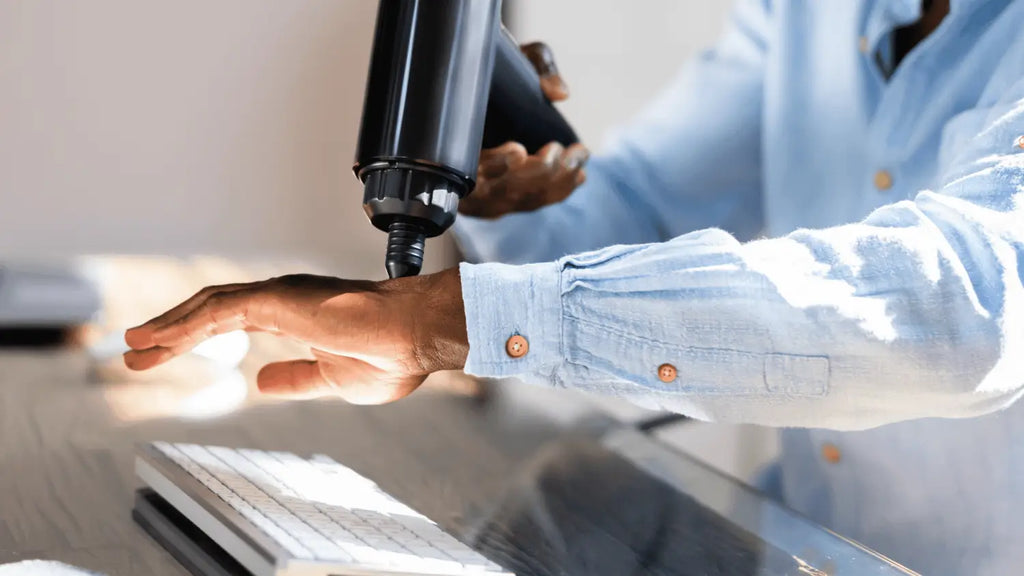
Using a massage gun correctly is key to achieving its full benefits while avoiding injuries. Follow these steps for effective and safe pain relief:
Identify sore or tight areas
Before using the massage gun, locate the areas where you feel sore or experience muscle tightness. These could be larger muscle groups like your quads or more specific areas such as your neck. Using the right attachment for each area is essential for targeting the muscles effectively.
Start with a low setting
Always begin with the lowest setting on your massage gun. Gradually increase the intensity based on your comfort level. Avoid applying too much pressure, especially in sensitive areas like your lower back or neck.
Apply the massage gun in controlled movements
Move the massage gun slowly over the affected area, spending 1-2 minutes on each muscle group. Ensure that you don’t apply the device directly over bones or joints, as this could cause discomfort or potential injuries.
Stretch after using the massage gun
After using the massage gun, do some light stretching to further relax your muscles and increase flexibility. Stretching enhances the effects of the massage and helps prevent post-workout stiffness.
When should you avoid using a massage gun?
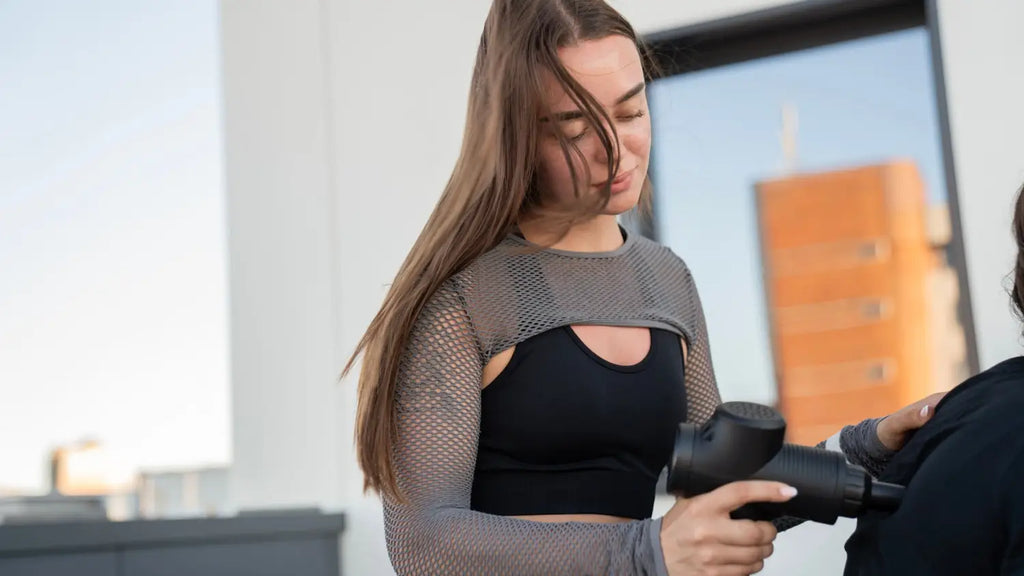
While massage guns offer multiple benefits, there are certain situations where their use could be harmful. Here’s when you should avoid using a massage gun:
On injured or bruised areas
Using a massage gun on already injured or bruised areas can worsen the condition and delay healing. If you’ve recently suffered an injury, it’s important to let it heal before applying percussive therapy.
Near bones or joints
Avoid using a massage gun directly over bones or joints, as the intense vibrations can cause nerve damage and increase discomfort. Stick to the surrounding soft tissue instead.
On sensitive areas like the neck
Be cautious when using a massage gun on sensitive areas like the neck. Improper use can cause nerve damage or lead to serious complications such as vertebral artery dissection, which can result in a stroke. Consult a healthcare professional if you're unsure about using a massage gun in this area.
The difference between massage guns, foam rollers, and other recovery tools
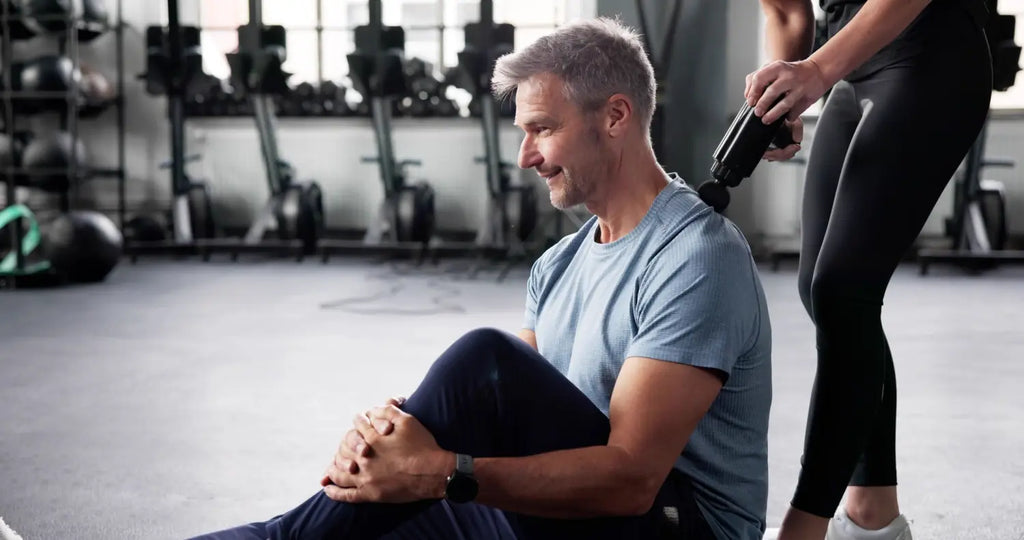
Although massage guns are a powerful tool for muscle recovery, they aren’t the only option available. Here’s how they compare to other recovery tools like foam rollers:
Foam rollers
Foam rollers provide a broader, less intense form of massage that is great for larger muscle groups like the hamstrings or back. However, they lack the deep penetration and targeting ability of a massage gun, making them more suitable for warming up the muscles rather than providing deep relief.
Massage balls
Massage balls, like foam rollers, offer pinpointed pressure, making them effective for small areas such as the shoulders or feet. However, they are generally less intense than massage guns, providing a gentler massage experience.
Conclusion: Is a massage gun right for you?

A massage gun offers a range of benefits, from reducing muscle pain and improving blood circulation to speeding up recovery and enhancing flexibility. Whether you're an athlete looking to improve your performance or someone seeking relief from sore muscles, a massage gun can be a valuable addition to your fitness routine.
However, it’s essential to use it correctly and avoid overuse to prevent injuries. Always consult a healthcare provider if you have any medical conditions before using a massage gun.
Frequently asked questions
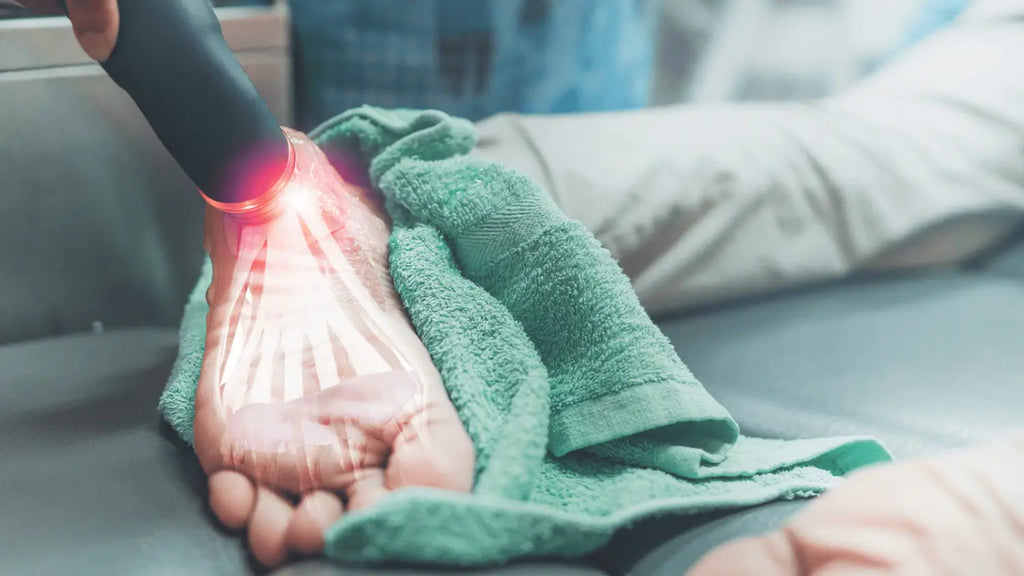
1. How does a massage gun help with muscle recovery?
A massage gun helps with muscle recovery by using percussive therapy to deliver rapid pulses to the muscle tissue, helping to break up fascia and reduce muscle tightness. This treatment increases blood flow to the muscles, promoting the removal of waste products like lactic acid, which builds up during exercise and causes soreness.
By doing so, massage guns help reduce delayed onset muscle soreness (DOMS) and accelerate recovery post workout. Many studies, including those from the International Journal of Sports Medicine, support the effectiveness of percussive therapy for muscle recovery.
2. Can a massage gun help reduce muscle pain?
Yes, massage guns are designed to help relieve pain by targeting areas of muscle tightness and soreness. The percussive massage treatment improves blood circulation and helps release muscle knots, which are a common cause of discomfort.
By delivering rhythmic pulses to the affected area, the device stimulates healing in the soft tissue and reduces tension. It’s an effective tool for treating leg pain, nerve discomfort, and other types of body pain related to exercise and repetitive movement.
3. What are the benefits of using a massage gun?
The benefits of using a massage gun are extensive, including:
- Improved flexibility and range of motion by loosening tight muscles and breaking down scar tissue.
- Decreased stress and relaxed muscles through vibration therapy and percussive therapy.
- Enhanced blood flow and lymphatic drainage, which promotes faster recovery and reduces inflammation.
- Relieving sore muscles after intense exercise by treating deep layers of fascia and muscle.
- Safety and proper use are key to preventing injuries. Follow board-certifiedmassage therapists or medical advice for best practices.
4. Can a massage gun help improve flexibility?
Yes, regular use of a massage gun helps improve flexibility by increasing blood flow and releasing tension in the muscles and fascia. The rhythmic pulses from percussive therapy relax tight muscles, making them more pliable.
This leads to an increased range of motion and reduces the risk of injury during workouts. Massage therapists often recommend using a massage gun during warm-ups or cooldowns to improve performance and prevent tightness.
5. How does a massage gun promote blood circulation?
A massage gun promotes blood circulation by stimulating the muscles with percussion therapy, which encourages blood vessels to expand, allowing more oxygen and nutrients to flow to the muscles.
This improved blood flow helps reduce muscle tension, break down scar tissue, and improve overall muscle performance. Studies have shown that percussive massage can be more effective than foam rolling at enhancing circulation in the deep layers of the muscle.
6. Is a massage gun safe to use daily?
Yes, a massage gun is generally safe to use daily, provided it’s used correctly. It’s important to follow the recommended settings and avoid using the device for too long on any single area to prevent muscle strain. Sessions should be limited to a few minutes per muscle group.
To ensure safety, consult a certified massage therapist or healthcare provider if you have any existing conditions. Digital security and studies show that proper daily use improves muscle recovery without leading to overuse injuries.
7. Can a massage gun help prevent injuries?
Yes, using a massage gun can help prevent injuries by improving mobility, releasing muscle knots, and promoting better flexibility. By using the massager before and after exercise, you can warm up the muscles and reduce the risk of strains or tears.
Regular use also helps relieve stress in overworked muscles and improves circulation, which supports faster recovery. Following a proper warm-up routine with a massage gun is a great way to avoid potential risks during workouts.
8. What is the best way to use a massage gun for muscle soreness?
To use a massage gun effectively for muscle soreness, start with a low-intensity setting and gradually increase the frequency as your muscles adapt. Focus on sore areas for 1-2 minutes per muscle group, using slow, even strokes.
Target muscle knots and areas with scar tissue for deep body massage, but avoid bones and joints. After a session, follow up with light stretching to further relieve sore muscles. Massage therapists recommend this approach to prevent repetitive stress injuries.
9. How does a massage gun help reduce inflammation?
A massage gun helps reduce inflammation by stimulating lymphatic drainage and promoting the flow of fluids and waste products out of the muscles. The percussive therapy encourages circulation, which helps reduce swelling and promotes healing.
For individuals recovering from injuries, using a massage gun can help decrease muscle inflammation and reduce fluid retention, allowing for faster recovery. Theragun devices and similar massagers are effective tools for treating inflammation.
10. Can a massage gun improve athletic performance?
Yes, using a massage gun can significantly improve athletic performance by reducing muscle tightness, improving blood flow, and helping with faster recovery after workouts.
Athletes who use percussive massage guns as part of their warm-up routine experience improved range of motion, which allows for better movement and reduced risk of injury. Percussion therapy also helps break down scar tissue and increases muscle mobility, allowing athletes to perform at their best consistently.


